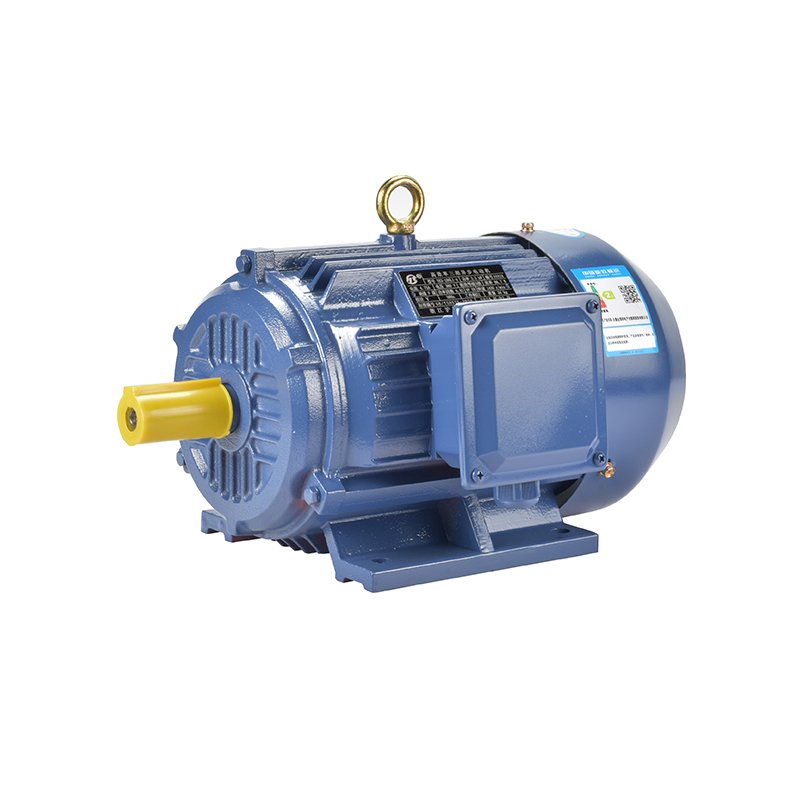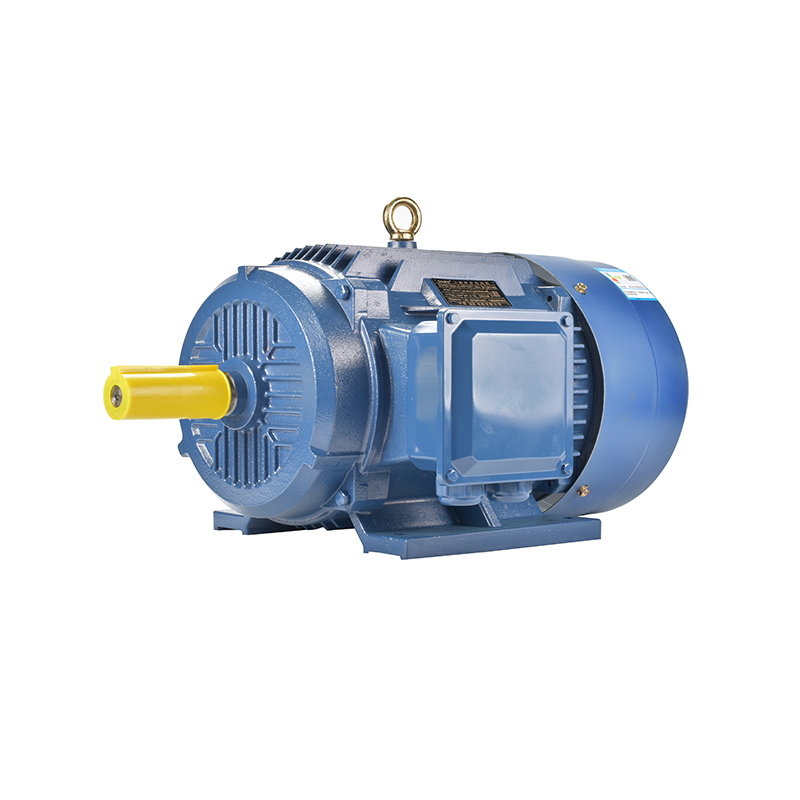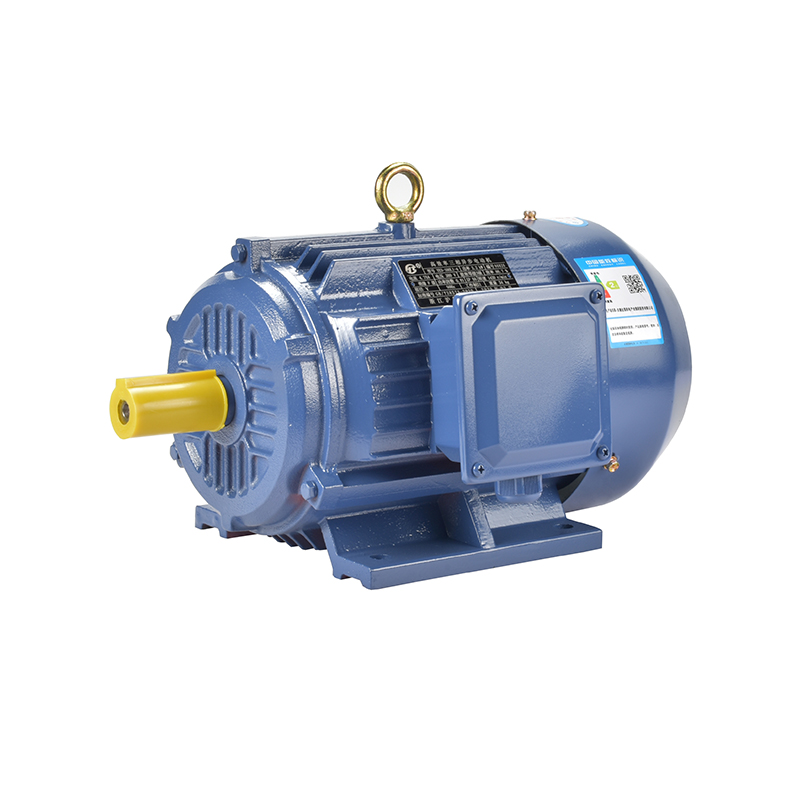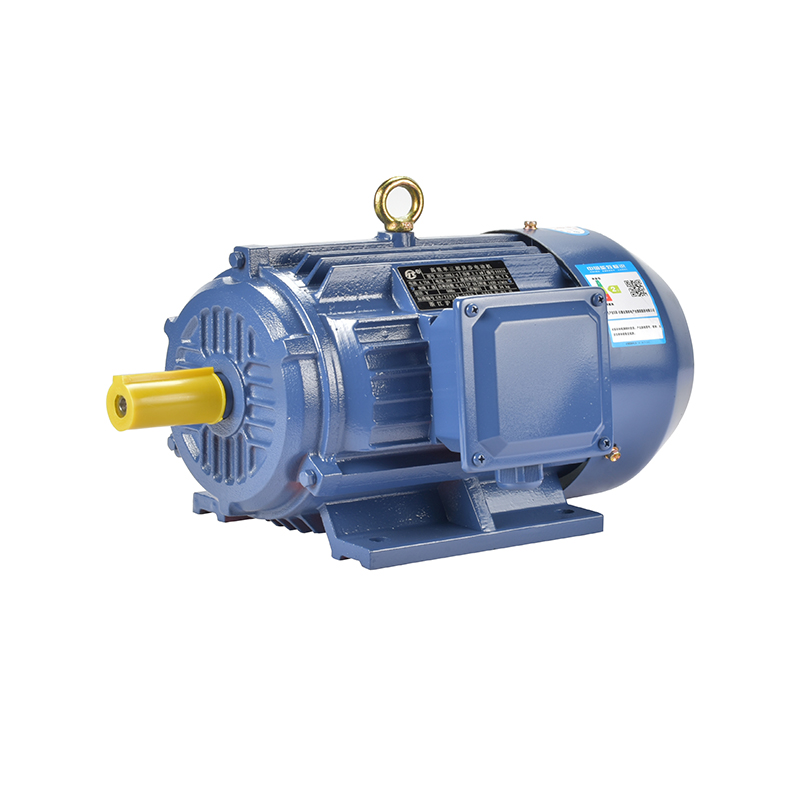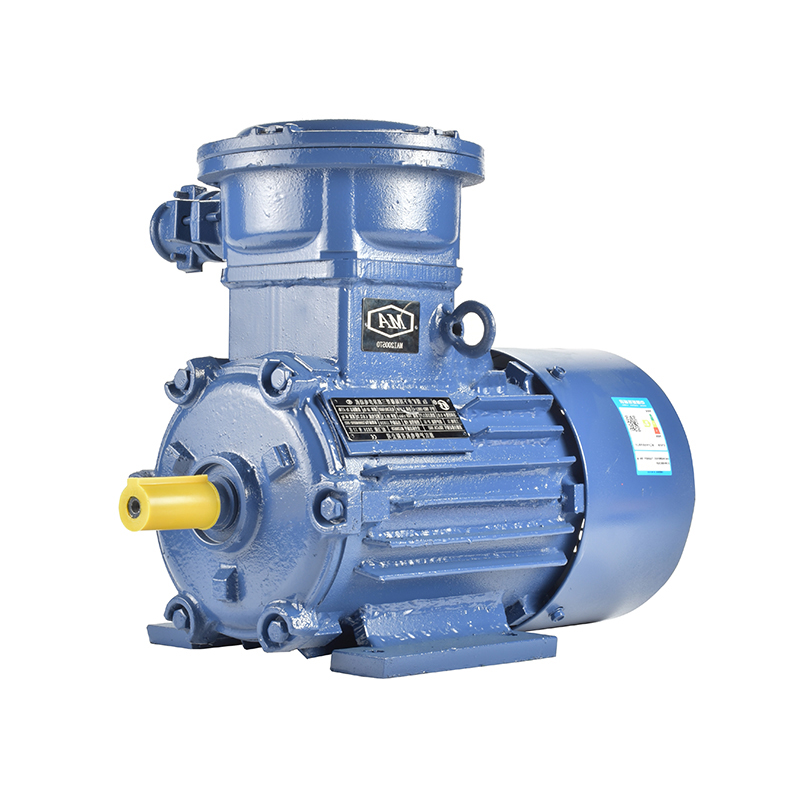Motor Customization Options For OEM Projects
In the manufacturing world, Original Equipment Manufacturers (OEMs) often face unique challenges that require specially tailored motor solutions. Off-the-shelf motors sometimes fall short when precise specifications, space constraints, or particular performance criteria are involved. This is where motor customization becomes crucial, offering OEMs flexibility to adapt motors to their specific needs. From industrial machinery to household appliances, customized motors help improve product performance and reliability.
One of the common motor types available for customization is the 3 phase synchronous motor. These motors are favored in many industrial applications due to their stable speed and high efficiency under consistent load conditions. For OEMs, customizing a 3 phase synchronous motor may involve adjusting the frame size, winding configuration, or shaft dimensions to fit into the designated equipment seamlessly. Changes can also be made to the motor’s insulation class or cooling methods to match the operating environment, ensuring long-term durability.

Customization of the 3 phase synchronous motor often extends to control compatibility. Since these motors are typically used in systems requiring precise speed regulation, OEMs may request specific encoder types or feedback mechanisms to integrate with their control units. Tailoring these components allows the entire motor system to work harmoniously within the broader machinery, improving overall responsiveness and reliability.
Another important category in motor customization involves permanent synchronous magnet motors. These motors use magnets embedded in the rotor, which help improve efficiency by reducing energy losses commonly seen in traditional motors. OEMs may choose permanent synchronous magnet motors when looking for compact solutions that deliver consistent torque and low noise levels. Customization options here include the magnet material, rotor design, and stator winding patterns, all of which influence motor performance and cost.
For instance, selecting a different magnet material can affect the motor's temperature tolerance and magnetic strength, which is vital in applications exposed to varying thermal conditions. Similarly, OEMs can specify rotor geometry to optimize torque delivery or reduce weight, depending on the needs of the machinery. Customized housing and mounting styles are also available to simplify installation and maintenance in confined or uniquely shaped spaces.
In many residential and light commercial applications, the single phase asynchronous motor remains a reliable choice. This type of motor is valued for its simple design and cost-effectiveness, especially in devices like fans, pumps, and small appliances. For OEM projects, customizing a single phase asynchronous motor can involve altering the starting mechanism, such as using different capacitor types or sizes to improve starting torque or reduce noise during operation.
Moreover, modifications to the motor’s frame or shaft can accommodate specific installation requirements. Since single phase asynchronous motors are often used in consumer products, OEMs may also request customization of the motor’s aesthetic features, like paint colors or labeling, to match the final product’s branding. Adjusting electrical specifications to meet regional standards or voltage variations is another typical customization area.
One of the key benefits of motor customization for OEMs is the ability to address unique operational demands that standard motors cannot fully meet. For example, some equipment may require motors with special protection features, such as increased resistance to dust, moisture, or chemical exposure. Customized motors can incorporate different sealing materials, coatings, or enclosure ratings to withstand harsh environments.
Additionally, OEMs sometimes need motors that comply with specific certifications or safety standards depending on the target market. Customized manufacturing processes and material selections ensure that the motor not only fits the mechanical and electrical needs but also passes regulatory inspections without issues.
While customization adds complexity to the manufacturing process, it often advances to improved product integration and performance. Motors tailored to exact requirements tend to have longer service life, better energy efficiency, and fewer failures in the field. This ultimately benefits both the OEM and the end user by reducing maintenance costs and downtime.
Working with a motor supplier capable of flexible customization options is important for OEMs looking to enhance their product offerings. Clear communication of specifications and expected performance helps achieve the desired outcome in the final motor design. Samples and prototypes may also be used during development phases to test compatibility and function before full-scale production.
In conclusion, motor customization opens a wide range of possibilities for OEM projects, enabling adaptation to diverse application requirements. Whether it involves tweaking the design of a 3 phase synchronous motor, selecting materials for permanent synchronous magnet motors, or adjusting starting methods for single phase asynchronous motors, customized motors support improved machinery performance and reliability. By choosing tailored motor solutions, OEMs can create products that better meet customer expectations and operational demands.
-
Feedback



 English
English русский
русский Español
Español عربى
عربى

